Blaenavon Iron Works

Blaenavon Iron Works, or Blaenavon Industrial Landscape, located at the upper end of the Avon Llwyd valley in South Wales, United Kingdom, was a UNESCO World Heritage Site from 2000 onwards.

Blaenavon Iron Works, or Blaenavon Industrial Landscape, located at the upper end of the Avon Llwyd valley in South Wales, United Kingdom, was a UNESCO World Heritage Site from 2000 onwards.

Ancient Thebes with its Necropolis, including Luxor, Valley of Kings, Valley of Queens, and Karnak, Egypt, were a UNESCO World Heritage Site from 1979 onwards.
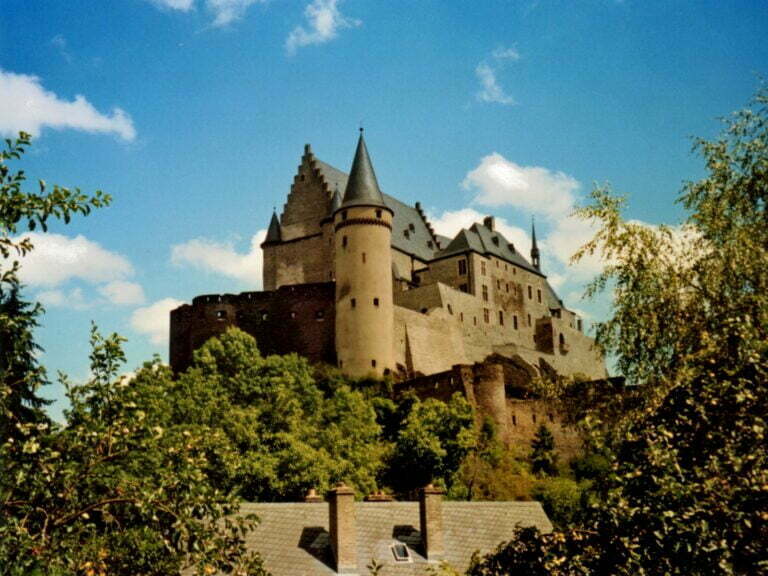
The City of Luxembourg: its Old Quarters and Fortifications, a UNESCO World Heritage Site since 1994, is also famous for festivals, traditions, and culture.

Luxembourg customs and traditions, Luxembourg culture facts, and Luxembourg history all originated in Luxembourg City, which became a UNESCO World Heritage Site in 1994.

Head Smashed in Buffalo Jump was a UNESCO World Heritage Site from 1981, where the Rocky Mountain foothills meet the Great Plains in southern Alberta, Canada.

Papahanaumokuakea Marine National Monument in Honolulu, USA, has been a UNESCO World Heritage Site since 2010. It's 250 km from Hawaii's main islands.

Poverty Point State Historic Site, located in northeastern Louisiana, holds a unique place in American archaeology. This prehistoric earthwork was constructed by the ancient culture, which extended its influence across the Southeastern Woodlands of the Southern United States and covered a vast territory, spanning 100 miles across the Mississippi Delta and south to the Gulf Coast. The centerpiece of Poverty Point comprises a series of earthen ridges, mounds, and a central plaza, forming a unique geometric design that became apparent through aerial photographs. The six concentric C-shaped ridges, separated by swales, are distinct from Poverty Point. Although the ridges' height and width have been affected by centuries of plowing, archaeologists believe they were once taller and more massive. Radiocarbon dating suggests the ridges were constructed between 1600 and 1300 BCE. The central plaza, encompassed by the innermost ridge, has been significantly modified, with evidence of wooden posts hinting at their integral role in the site. Here's a brief overview of Poverty Point:

Glacier Bay National Park and Preserve on the Gulf of Alaska, a huge natural region in southeastern Alaska, was a UNESCO World Heritage Site from 1992.
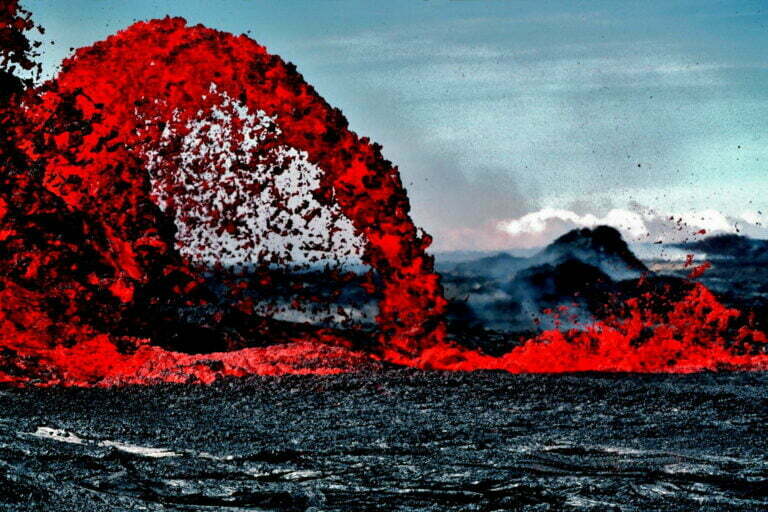
Hawaii Volcanoes National Park is an area along the southeastern shore of the island of Hawaii, U.S., a UNESCO World Heritage Site since 1987.
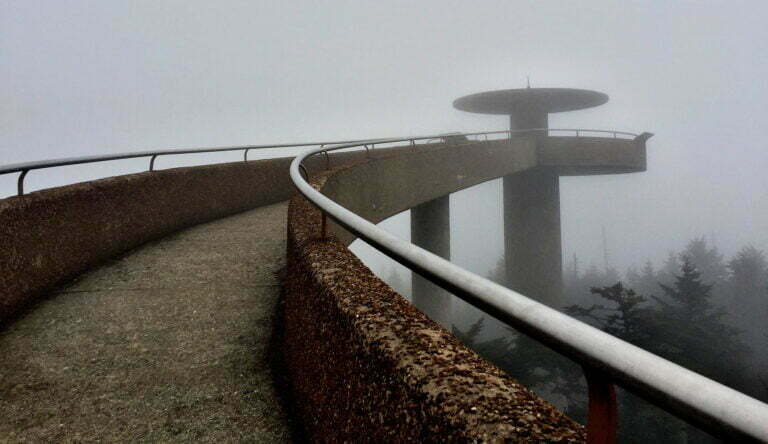
The Great Smoky Mountains, or Tennessee Mountains or Smoky Mountains, in eastern Tennessee and western North Carolina, U.S., were a UNESCO World Heritage Site from 1983 onwards.
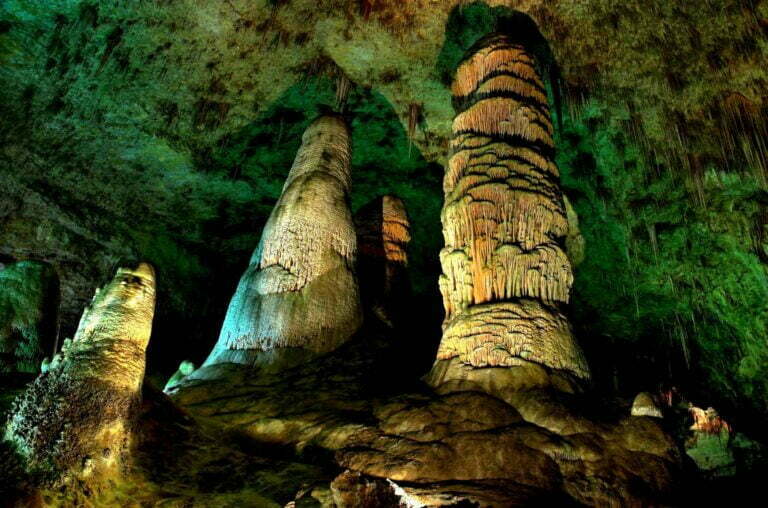
Carlsbad Caverns National Park in New Mexico, a part of the Chihuahuan Desert in the United States, became a UNESCO World Heritage Site in 1995.
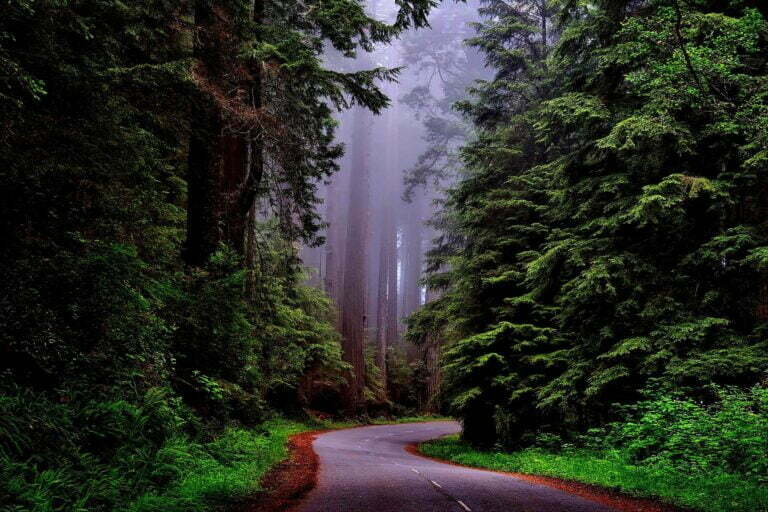
The redwood forests of Redwood National Park run alongside the Pacific Ocean north of San Francisco, USA, and were a UNESCO World Heritage Site from 1980 onwards